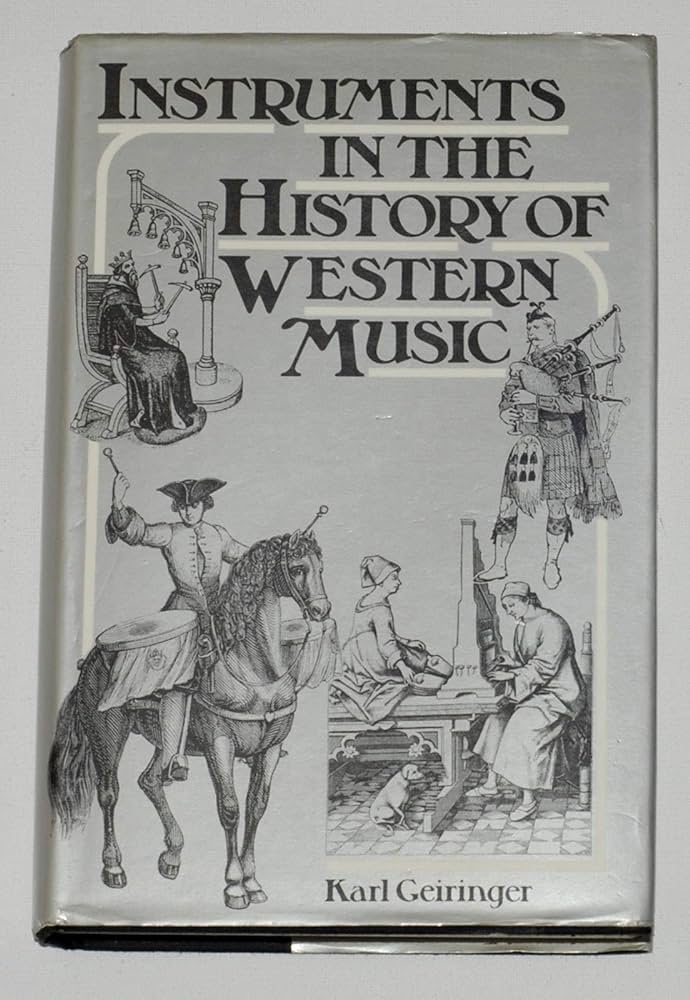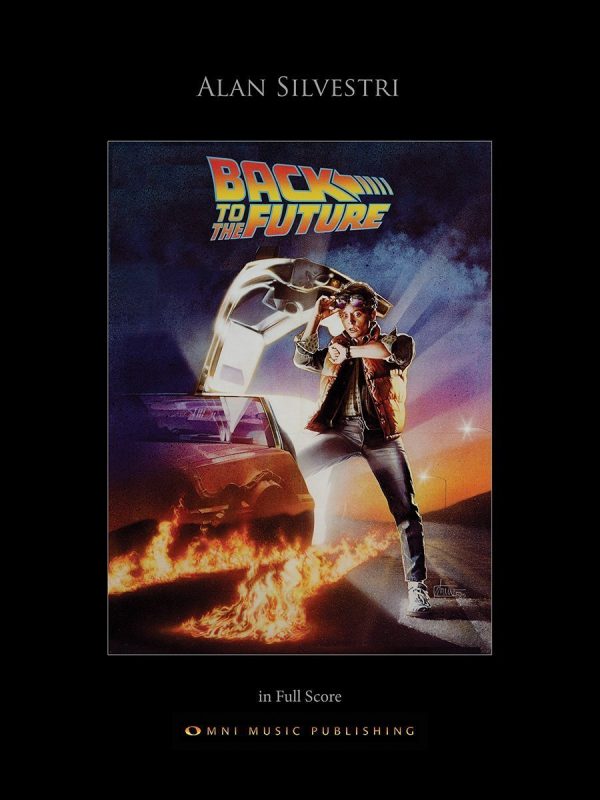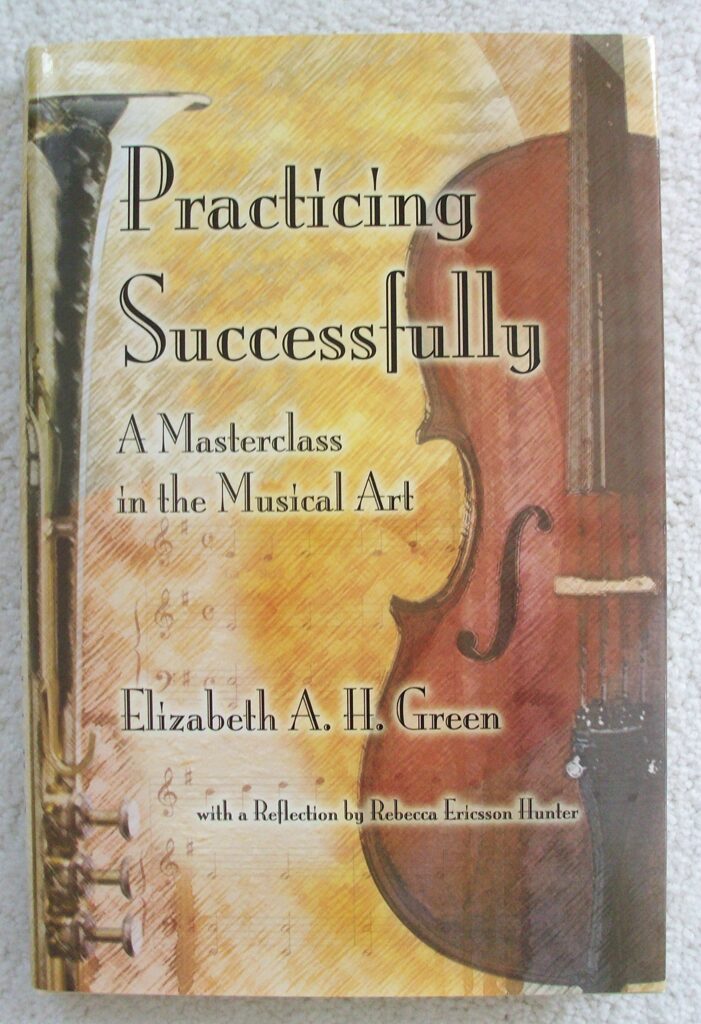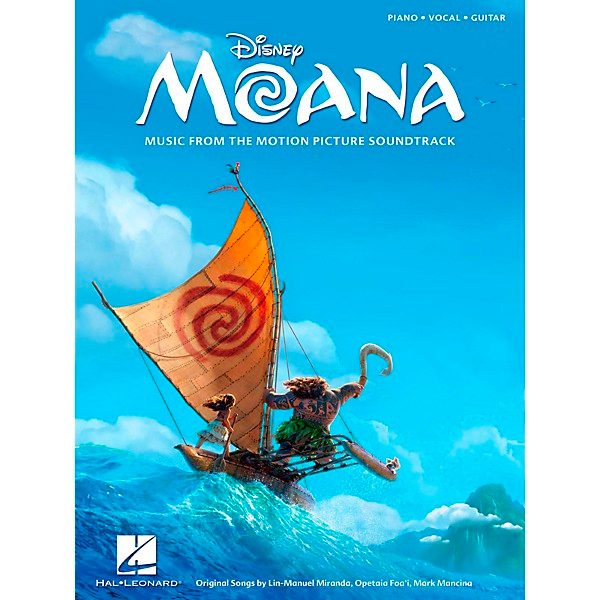Editor’s note: Arachnophonia (“Arachno” = spider / “-phonia” = sound) is a regular feature on our blog where members of the UR community can share their thoughts about resources from the Parsons Music Library‘s collection.
All links included in these posts will take you to either the library catalog record for the item in question or to additional relevant information from around the web.
Today’s installment of Arachnophonia is by student manager Esther (class of 2025) and features a scholarly essay on the commodification of music. Thanks, Esther!
Dr. Timothy D. Taylor’s essay on “The Commodification of Music at the Dawn of the Era of ‘Mechanical Music'” delves into the evolving nature of music commodities and their commercialization influenced by surrounding circumstances. As a respected musicologist specializing in global issues, particularly the interplay between consumerism, technology, and music, Dr. Taylor, a professor at the University of California, Los Angeles Herb Alpert School of Music, demonstrates his expertise throughout this article.
Using player pianos as a case study, Taylor examines, from an ethnomusicological perspective, how the means of reproducing music impact its dissemination. Building on Karl Marx’s concept of commodities, Taylor argues that the success of player pianos as the first commercially mass-produced products can be attributed to effective advertising strategies tailored to the societal norms of the time.
Taylor highlights the democratization of music access and the role of advertising in the reification of music. He observes the historical evolution of marketing tactics from the late 1880s to the early 1930s, a period considered the rise of popular culture, noting certain enduring strategies still relevant today. The ongoing commodification of music adapts to contemporary dynamics, influenced by the rise of artificial intelligence and online platforms. I highly recommend this article to anyone interested in learning about one of the many significant roles music plays in our lives!














